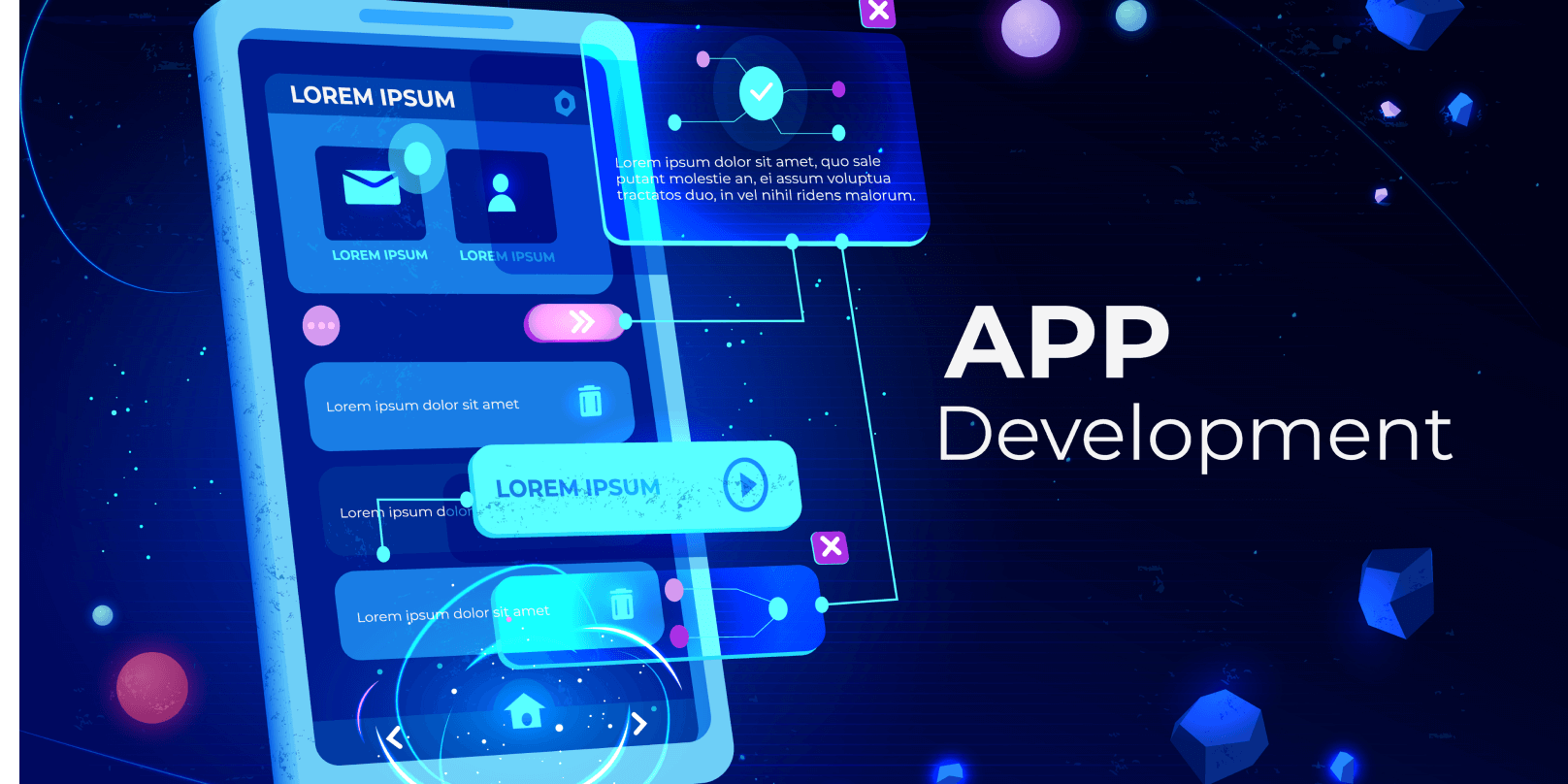While building an E-Commerce mobile application, there are several essential factors to consider. We will look at functionality, cost, and development process. Additionally, we’ll discuss an eCommerce application’s UX/UI design. This article will discuss the various features of an eCommerce mobile application and the best practices for the overall experience. Aside from the features mentioned above, an E-Commerce mobile application must support multiple languages and currencies.
Functionalities – E-Commerce Mobile Application
E-commerce mobile applications can help businesses grow and thrive. These applications are primarily dependent on the end user’s device. The end-user can be a computer, television, tablet, smartphone, or even a smartwatch. E-commerce mobile applications should be robust enough to give users a similar experience across all these devices. A well-developed e-commerce mobile application is essential to achieving success for your business.
An eCommerce mobile application should have a search bar that enables users to enter the desired terms and filter the results. A good search bar should also include a timer for cart items, filters, and query auto-complete. A search bar can be an effective way to reduce the number of steps to check out. The search bar should be easily visible and provide query auto-complete and filtering functionality. Voice search is a trending technology in e-commerce, so it is vital to include it in your mobile e-commerce application.
The user experience should be seamless. Customers should be able to review products and get feedback from other people. In addition to the ease of purchase, the app should also offer delivery tracking and returns. These features will minimize customer support issues. Further, an eCommerce mobile application should make it possible to keep track of orders. These features will help your business gain, loyal customers. And last but not least, an eCommerce mobile app should be able to store payment information.
E-commerce mobile applications should offer easy registration and login options. Using social media accounts to log in is not always convenient for mobile users, and they might end up leaving the app. It is better to use an email address or personal password. An easy registration process makes your app more accessible and increases customer satisfaction. So, check out the functionality of your mobile e-commerce application and create it! And best of luck!
The most critical component of any e-commerce app is its user experience. In addition to a smooth user experience, a great app must offer great content. This content should be relevant to the product or service that the user is looking for. Moreover, a good design must allow users to make an informed decision. Many factors must be considered when creating a mobile e-commerce app. It is why a well-designed mobile app is essential for the success of a business.
Cost of Setting – E-Commerce Mobile Application
The cost of e-commerce mobile application development depends on several factors. The primary one is the application’s functionality, which revolves around the coding and specifications. The more features your application has, the higher the cost. However, the more complex features you want to include, the higher the price. For example, an essential login feature may take 20-25 hours to create. More complex features, such as payment system integration or image analytics, could cost 150 to 250 hours.
The hourly rate of the developers is also a major determining factor. While rates in the U.S. and Canada are approximately $100 per hour, those in India can go up to $30. A high-end e-commerce mobile app can cost up to $150,000, depending on the complexity of the application. To determine the cost of e-commerce mobile app development, you will need to know your target market, including your target demographic.
User Interface design is a large part of the e-commerce mobile app development process, and a great U.I. can make or break a business. While hiring a designer can cost a few thousand dollars, a good U.I. can breathe life into your business and draw users to the app. However, the price of User Interface design will vary based on the complexity of the screens and elements. The average cost for a custom app could range from $3000 to $18,000, depending on the number of screens and complicated parts.
If you’re wondering what the price for an e-commerce mobile application development should be, remember that the benefits outweigh the cost. The application will allow you to deliver products with GPS, send notifications straight to a customer’s mobile device, etc. Ultimately, it will give you a better customer experience and boost your conversion rate. As you can see, it’s crucial to find a developer who understands your business’ needs and wants before getting started.
The cost of e-commerce mobile application development depends on many factors. In addition to the benefits it can provide for a company, an ecommerce mobile application can help your business grow. In India, for instance, 65% of all mobile users spend at least six hours a day using their mobile devices. It’s a good idea for a company to create a mobile app with advanced features that engage consumers globally.
Development process – E-Commerce Mobile Application
The development process of a mobile e-commerce app involves a team of specialists using various technologies to create a customized product. The technologies used and the project requirements may vary from one to the next. However, a typical workflow can be established as thousands of software development companies share their experiences with the community. Listed below are some critical steps of e-commerce mobile app development. The first step of the development process is selecting a programming language. The programming language chosen depends on the needs of the project.
Developing a customized e-commerce app begins with business analysis, which takes around 40 hours but can be shorter if the customer understands the product. The next step is a technical specification, which takes about 10 hours. The UI/UX design is another vital step in determining conversion rates. After development, the final stage of the process, Q.A., is critical to completing a mobile e-commerce application. Q.A., or quality assurance, involves testing the app and ensuring it meets all the requirements.
Before development begins, the team needs to define the project requirements. During this phase, they must be clear on the budget and time required. The team should also consider the user’s experience in developing the application during this stage. If the end product is not satisfying the user’s needs, the process of building it will waste time and money. To minimize e-commerce mobile application development costs, prototypes can be developed and tested to ensure that they are working correctly.
Once the business objectives and requirements are set for e-commerce, merchants must select the right app development platform and technology. App developers should consider the capabilities and demands of various gadgets. An ecommerce merchant should also consider building a mobile app for multiple platforms if the aim is to reach the top ranks in the app store. A bigger audience means more revenue for the merchant. Alternatively, a smaller audience means fewer development costs.
UX/UI design for E-Commerce Mobile Application
The best UX/UI design for a mobile e-commerce application involves a combination of both U.I. and UX. The former is the most critical aspect of the invention of a mobile e-commerce application since it focuses on users’ overall experience. Moreover, the U.I. is also essential for conversions and user engagement. For example, colour palettes are crucial for attracting user attention and driving conversions. Make sure that colours match across all screen sizes. Gradients and drop-shadows are also beneficial for creating the illusion of space, do not overdo them.
Keep the structure user-friendly and straightforward to increase your eCommerce mobile application’s conversion rate. It should be possible to access product information in three taps or less. If possible, use a progressive disclosure feature that allows users to reveal more information as they click or scroll. Moreover, incorporate error messaging, which is very important for the smooth running of business processes. If you’re going to launch a mobile e-commerce application, keep in mind that you’re competing with other eCommerce solutions. Your clients will always choose the one with better terms.
Making your mobile e-commerce application user-friendly is to think like a customer. Customers buy from companies focused on meeting their needs, and a good UX/UI design helps you meet them. For example, an easy-to-navigate menu, transparent product images, and effective feedback are all essential elements of a good e-commerce mobile application.
In e-commerce, the primary goal of a mobile e-commerce application is to promote its products, services, and special offers. A mobile application’s standard UX/UI design aims to grab the customer’s attention, build a brand recall factor, and keep them coming back for more. By making the user experience a positive one, a business can boost its bottom line and increase it.
The significance of a good UX/UI design is evident in the current state of mobile commerce. Almost half of U.S. and U.K. users now use a smartphone or tablet. Six out of ten U.S. smartphone users will purchase online next year. Furthermore, a third of global adults are using mobile devices for commerce, making mobile commerce an essential component of the retail industry.
Tags : Mobile Application Development, Android Mobile Application Development, Freelance Mobile App Developer in Kerala, Android Mobile App Development in Trivandrum, Mobile App Development in Bangalore, iPhone Application Development, Freelance Mobile App Development in Bangalore, Mobile Application Developer in Dubai, Mobile App Developer in Kerala, Android Application Development Service, Mobile Application Development in Abu-dhabi, Freelance Mobile Application Development in Abu-dhabi




Leave a Reply